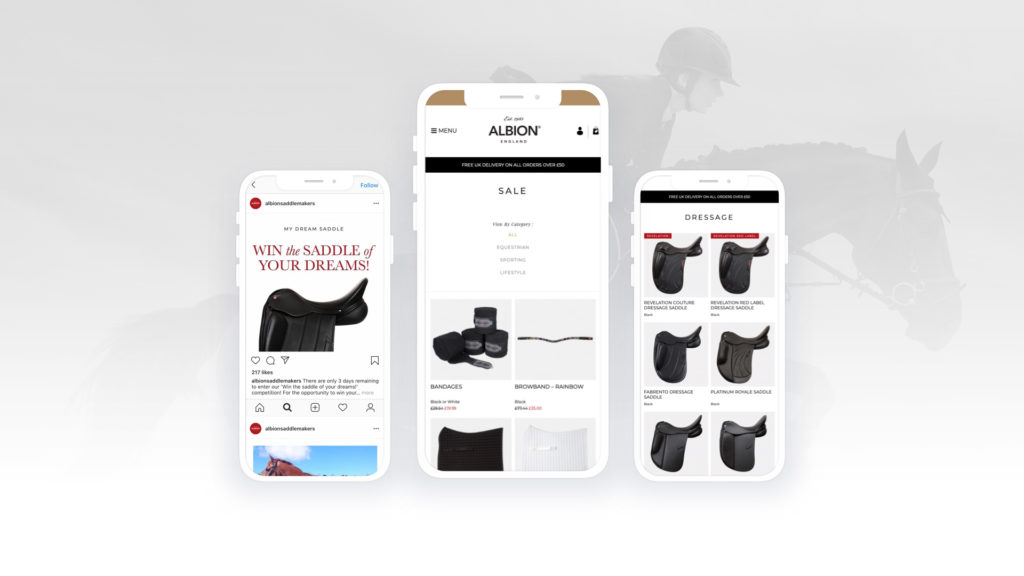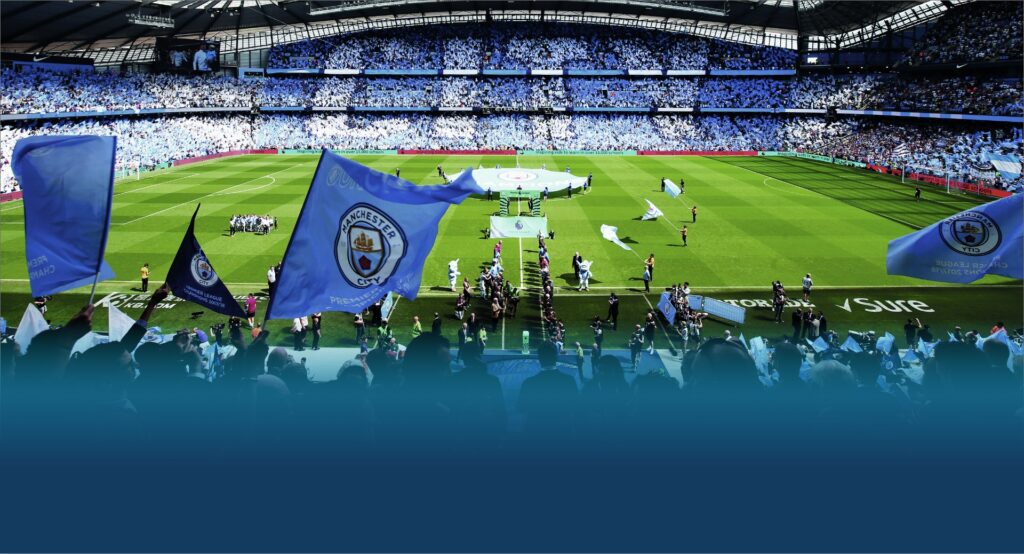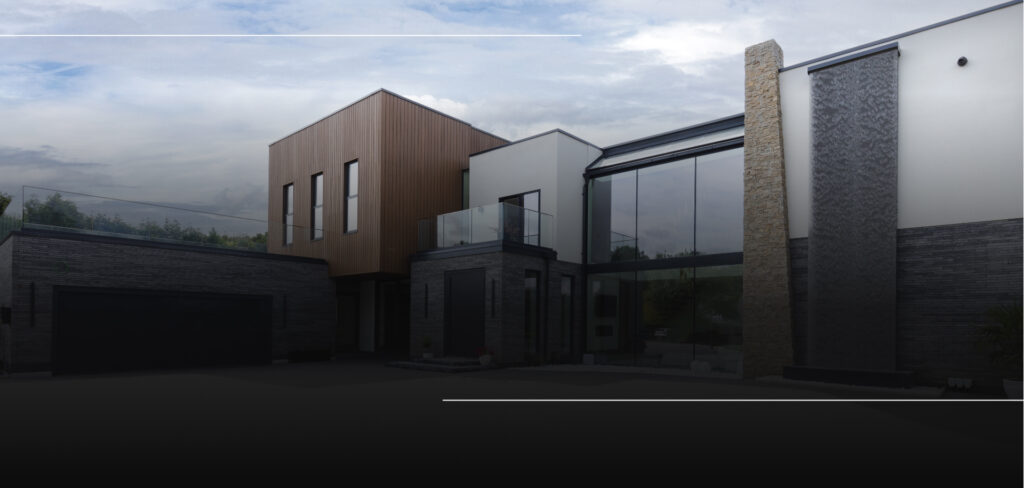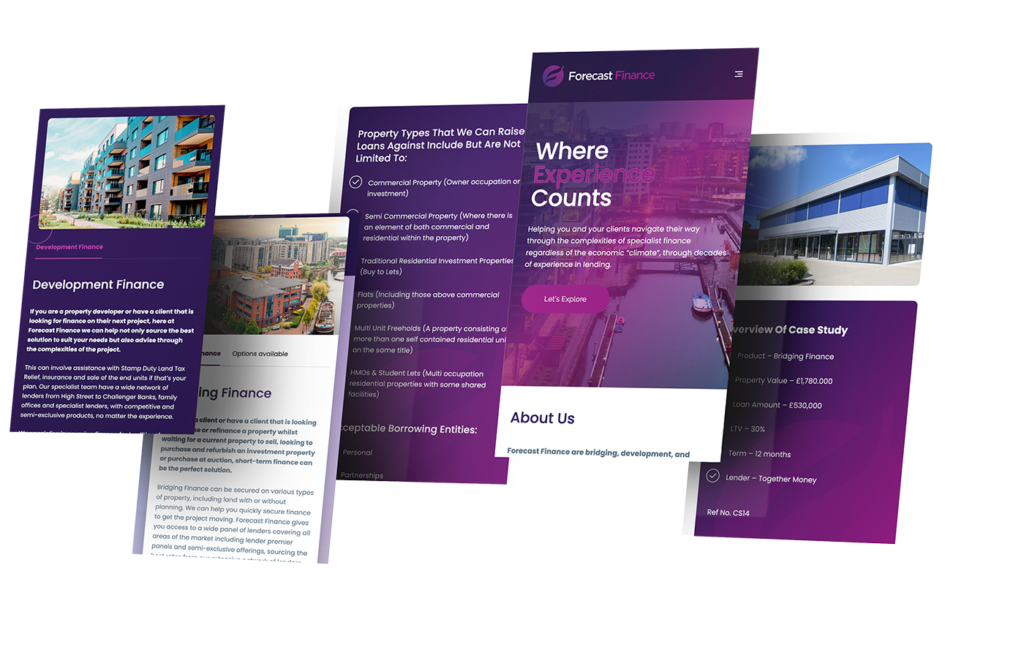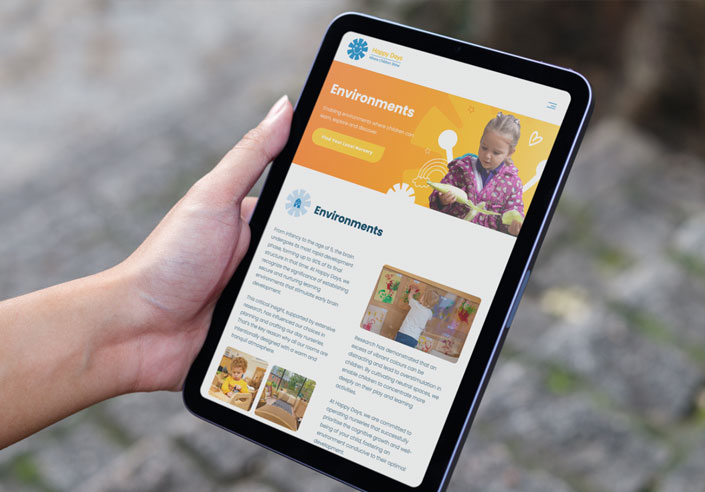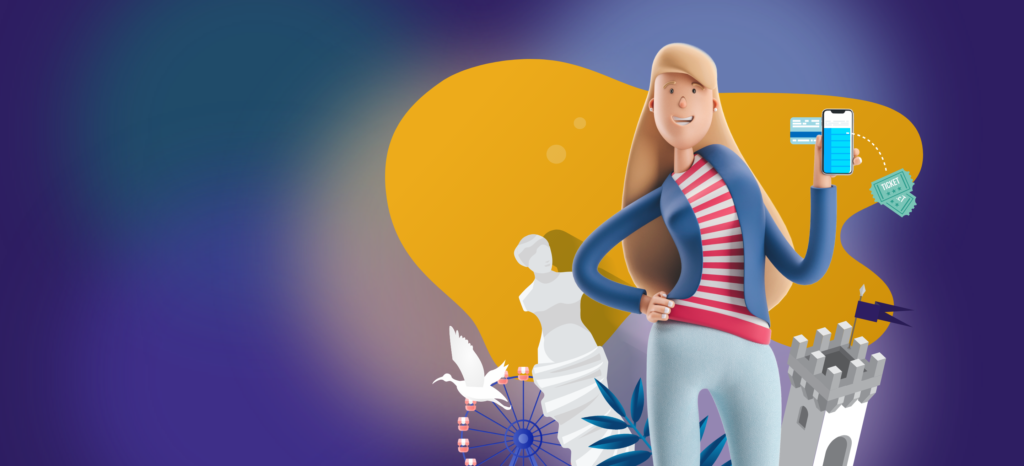Marketing Trends of 2015
2015 is nearly over so we thought we would run down the top 10 marketing trends of the year. How many have you been doing?
- Mobile – 2015 has seen the rise of mobile as a means of searching and surfing the web. With people always on the go, mobile optimised sites were definitely one of the biggest marketing trends we saw in 2015. In March of 2015 mobile traffic to UK retail websites reached 57.4%. The shift towards mobile was then immortalised in April 2015 when Google started penalising non-mobile friendly websites by downgrading their search engine ranking.
- Content – More than ever, this year has seen the need for fresh, new and original content to draw customers in and keep them coming back. Content is most definitely king and to be successful, companies need to keep generating new content all the time in the form of blogs, videos and downloads.
- Mobile Commerce – This year saw a wave of new ways to pay, making the experience of paying both easier and quicker. Although contactless wasn’t brand new this year, it has become more widespread as a means of payment. Apple pay also launched this summer, again showing the rise of mobile. This will start to have an effect on online payment and e-commerce sites in the coming years.
- Videos – Videos were everywhere in 2015, from You Tube tutorials to the continuing popularity of videos on Twitter, Facebook alongside Instagram and video advertising on social media. Half of all video traffic is now watched on mobile or tablet. It seems that today, many of us would rather watch a video than read an article. We like to consume everything as quickly as we can. Video is becoming an essential part of digital marketing and it has been shown to raise brand awareness and online engagement. Having videos increases click-through rates and reduces unsubscribe rates. Cisco reported that by 2017 video will account for 69% of all consumer internet traffic.
- Ever changing algorithms – As always, Google algorithms continued to change in 2015. This kept companies on their toes as the importance of their website and the way they ranked in the Google Search engine could move depending on how relevant their website was to a user query. The emphasis now is on engaging the audience through relevant and interesting content, increasing dwell time on your website which Google rewards with higher rankings.
- Integrated marketing – The basics of this trend are to use as many platforms as possible but ensure they are relevant to your audience. It’s all about choosing the right mix of tactics to remind customers across channels of their brand and service to leave a lasting impression and a constant reminder. All touch points need to be consider so companies don’t isolate themselves from viable options which could have a good rate of return.
- Wearable technology – The gap is steadily closing between online and offline, especially with the launch of wearable technology like the Apple Watch in 2015. This trend will be one to watch in the coming years as it creates a totally new environment to market in. Most notably, the health and fitness sector have successfully utilised this technology, outstripping fashion as a driver amongst wearable consumers. Juniper Research have reported that the fitness wearables sector will triple from £2.2 billion in 2015 to £6.6 billion in 2020 through products such as Fit Bit. Marketers will need to keep up with the ever changing demands of customers to remain successful and dynamic.
- Being a personality not just a brand – 2015 saw a shift in how brands marketed themselves. Many aimed to tell stories that engage, spark emotion and connect with customers on a deeper level. Brands need to be to be more than just a logo, strapline or product – they need to be a personality and have a social purpose. Consumers want brands to mean something to them, whether that be becoming more sustainable or fair trade, or helping to combat a social issue such as obesity.
Research by Neilson reports that ‘More than half (55%) of global respondents in their corporate social responsibility survey say they are willing to pay extra for products and services from companies that are committed to positive social and environmental impact—an increase from 50 percent in 2012’.
One of the retail front runners of this storytelling approach is John Lewis with their Christmas advertising. Rather than trying to sell the products, they promote a deeper message as we prefer to spend money with those who share similar beliefs to us. They win our hearts first and then our wallets. Other brands that build their brand on storytelling are Apple, National Trust, BBC and Facebook.
- Micro-targeting – With more emphasis being put on analytics and getting more personal with customers, there has been a rise in micro-targeting meaning that marketing and advertising is now far more specific. This in turn increases conversion rates and engagement as the right audiences are getting the right messages.
Burberry are clearly aware of this trend and have teamed up with Google to create a personalised Christmas campaign where customers can star in the advert. Marketing Week reported that they will be setting up a booth in their Regent Street shop called ‘The Burberry Booth… The booth enables shoppers to star alongside celebrities featured in the fashion brand’s festive ad including Sir Elton John, Naomi Campbell and Julie Walters.’ Putting the consumer at the heart of the campaign and making it truly personal.
In the past Burberry have linked with the likes of Apple Music, LINE and Kakao on personalisation campaigns. They are now also the first brand to have its own music channel on Apple’s streaming service.
- Predictions for 2016 – Here are just a few predictions we have for 2016. You can see the full list in our next blog post.
- The focusing of marketing techniques
- Further engagement with audiences
- The rise of live streaming







